Need help designing my now dirt covered slope
Brookenstein
18 years ago
Related Stories

UNIVERSAL DESIGNMy Houzz: Universal Design Helps an 8-Year-Old Feel at Home
An innovative sensory room, wide doors and hallways, and other thoughtful design moves make this Canadian home work for the whole family
Full Story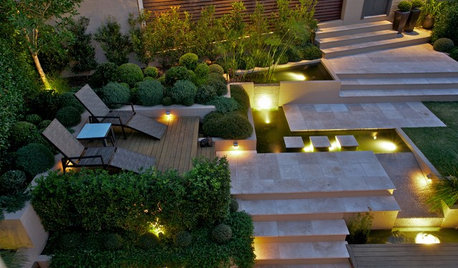
LANDSCAPE DESIGNGarden Levels Transform a Steep Slope in Australia
From unusable to incredible, this outdoor area now has tumbled travertine, water features and mod greenery
Full Story
STANDARD MEASUREMENTSThe Right Dimensions for Your Porch
Depth, width, proportion and detailing all contribute to the comfort and functionality of this transitional space
Full Story
REMODELING GUIDESKey Measurements for a Dream Bedroom
Learn the dimensions that will help your bed, nightstands and other furnishings fit neatly and comfortably in the space
Full Story
BATHROOM DESIGNKey Measurements to Help You Design a Powder Room
Clearances, codes and coordination are critical in small spaces such as a powder room. Here’s what you should know
Full Story
HOUSEKEEPINGThree More Magic Words to Help the Housekeeping Get Done
As a follow-up to "How about now?" these three words can help you check more chores off your list
Full Story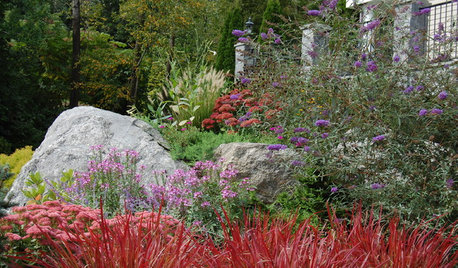
LANDSCAPE DESIGNHow to Design a Great Garden on a Sloped Lot
Get a designer's tips for turning a hillside yard into the beautiful garden you’ve been dreaming of
Full Story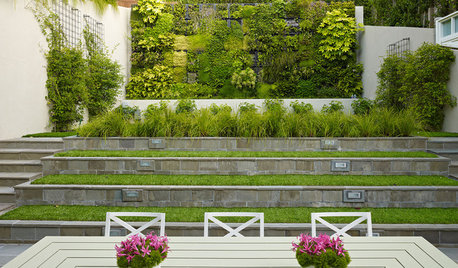
LANDSCAPE DESIGN11 Design Solutions for Sloping Backyards
Hit the garden slopes running with these bright ideas for terraces, zones, paths and more
Full Story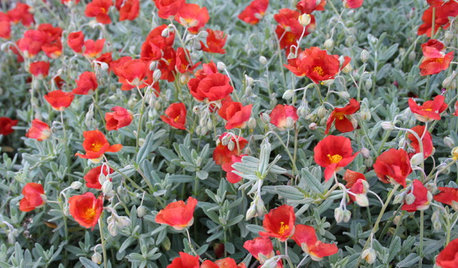
GARDENING GUIDESGreat Design Plant: Sunrose Dazzles on Dry Slopes
Abundant blooms and attractive foliage make this plant a welcome sight in sunny, well-drained spots
Full Story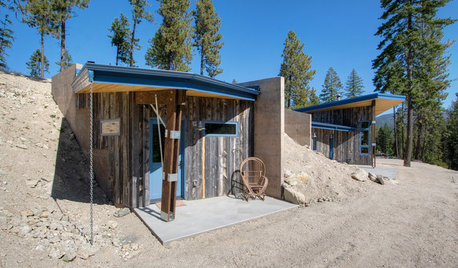
HOUZZ TOURSHouzz Tour: Having Fun With a Half-Buried House
Layers of dirt help create energy efficiency and an unusual look on a steep slope in Washington state
Full Story


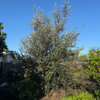


Bob_B
BrookensteinOriginal Author
Related Discussions
Any Design Ideas for My Sloping Backyard ? (Pictures)
Q
Need landscaping design help for secluded house on slope
Q
My floor plan design needs help! Design meeting tomorrow!
Q
HELP! Steep Slope Covered in Weeds - Southern California
Q
shadowsmom
Bob_B
arvind
BrookensteinOriginal Author
habitat_gardener
calistoga_al ca 15 usda 9
catkim
BrookensteinOriginal Author
habitat_gardener
launate
arvind
catkim
BrookensteinOriginal Author
BrookensteinOriginal Author
launate
BrookensteinOriginal Author
launate
BrookensteinOriginal Author
jakkom
habitat_gardener
habitat_gardener
Moon Rabbit
suzieh
yesimarose
nanelle_gw (usda 9/Sunset 14)
BrookensteinOriginal Author
jakkom
BecR
Swedeinla
arvind
sputnikfarm
biwako_of_abi
suzieh
jenn